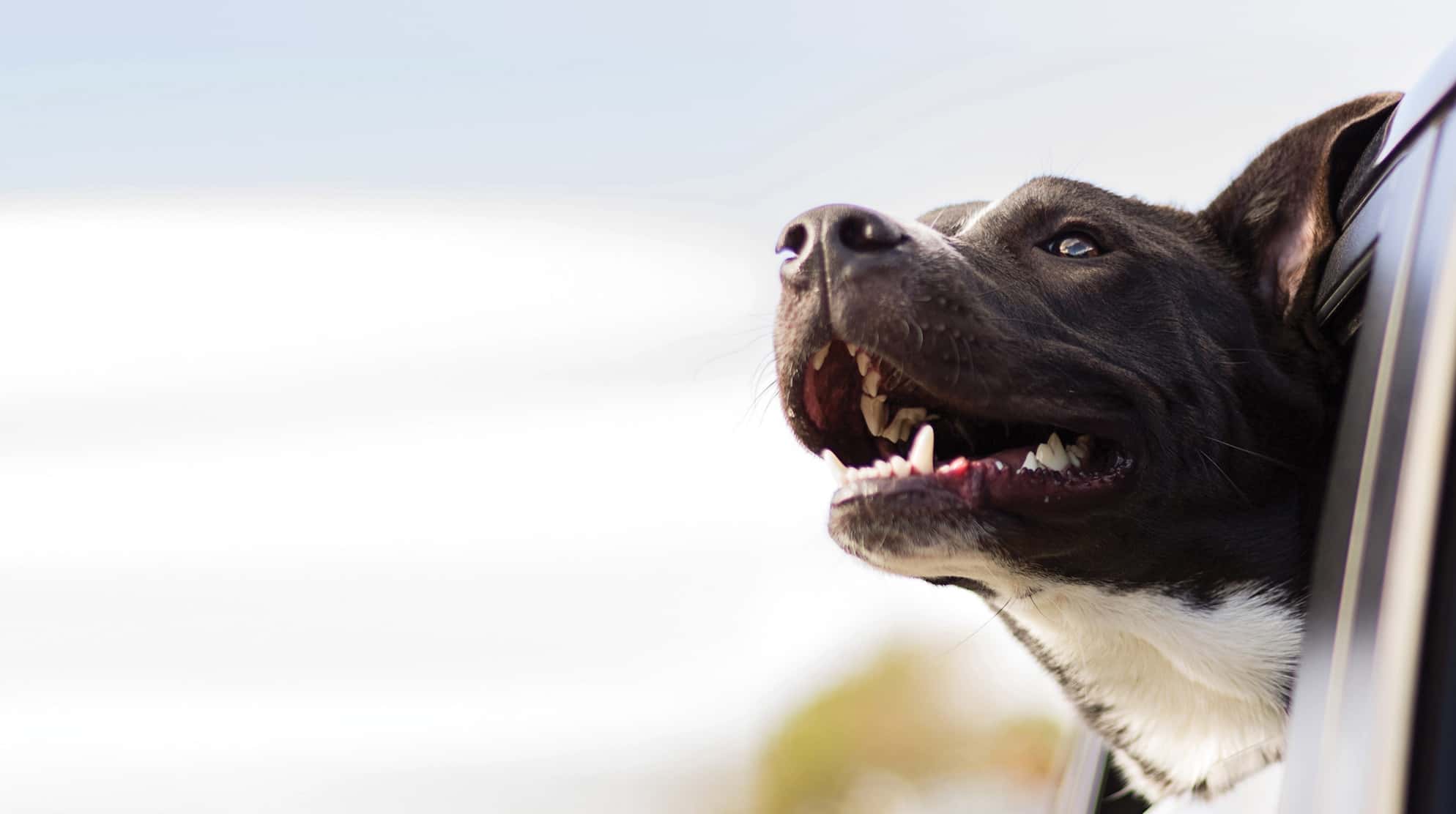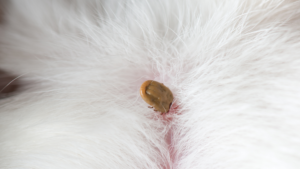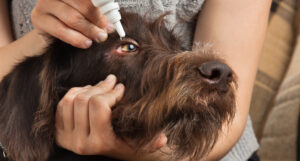Heat stroke is a life-threatening condition that needs to be identified and treated as a matter of urgency. Animals cannot respond to elevations in temperature the way humans do. They also cannot sweat to reduce their body temperature, and instead rely on panting, which in high temperature and humidity becomes less efficient at dissipating heat.
Signs of heat stress include excessive panting and salivation, vomiting and bloody diarrhoea. Pets may become restless, anxious and unsteady, and their gums may become bright red or bluish due to lack of oxygen. Seizures can also occur and pets can collapse.
Any dog can be affected by heat stroke and at any age, however, older pets seem to be more susceptible. This is likely due to other predisposing conditions including heart disease, respiratory disease and obesity. Any breed can also be affected, however, brachycephalic breeds (those with squashed faces such as Pugs, English or French Bulldogs) are at higher risk due to their physical features. Pet owners of brachycephalic breeds should be extremely cautious during hot and humid conditions.
Breeds like the French Bulldog, British Bulldog and the Staffy had the highest risk of submitting a claim for heat stroke, according to 2022 PetSure data.
The cost of treating heat stroke in dogs can vary substantially depending on how the dog presents, progression of the condition and any complications. According to PetSure claims data 2022, the average cost for heat stroke claim in dog is $2,350 and maximum claimed cost is $28,628.
Top heat-beating tips
- Keep pets hydrated.
Make sure your pets have plenty of water – use more than one water bowl if you can. Add some ice cubes or freeze a container of ice and pop it into their water bowl. Make sure water bowls are unable to be tipped over, and refill water bowls throughout the day.
- Never leave your pet in a car.
Without air conditioning, temperatures can escalate quickly and your pet could suffocate. When it’s hot it’s best to leave your pets at home – they don’t need to pop down to the shops with you.
- Don’t exercise your pet in the heat of the day.
This is especially important for animals that are prone to heat stress, including brachycephalic breeds. Dogs with heart or respiratory disease, obese animals and older pets should not be exerted in the heat. It won’t hurt your pet to rest them on a hot day.
- Keep them cool.
Preferably keep your pets indoors with the fan or air-conditioning on. Put damp towels in front of a fan for them to lie on. Outside, some dogs love to cool off in a shell pool but ensure they are supervised.
- Provide shade.
If your pets are to remain outdoors, ensure there is plenty of shade and keep their kennel in a cool shaded area.
Pet insurance can help by covering a portion of the eligible vet bill if the unexpected happens. Because it is difficult to predict the costs of veterinary care, it can help to have measures in place to help prepare for the unexpected. Check out our partner network and explore our policy tools to find a pet insurance policy.
Not all conditions or items are covered by Pet Insurance. Refer to the applicable Product Disclosure Statement for information about coverage and exclusions.








